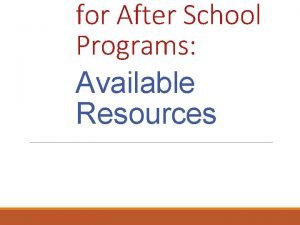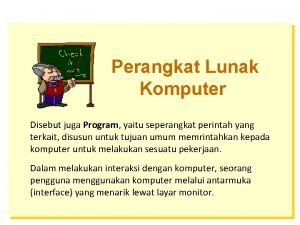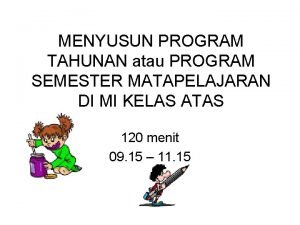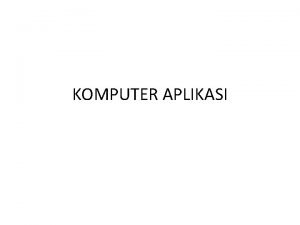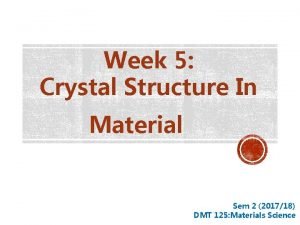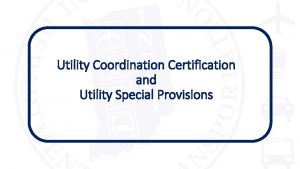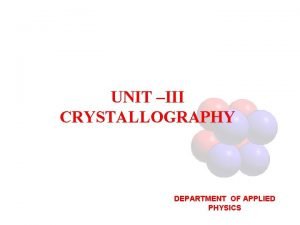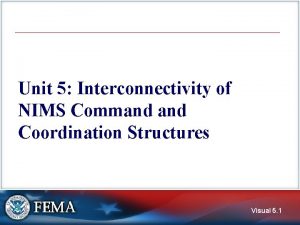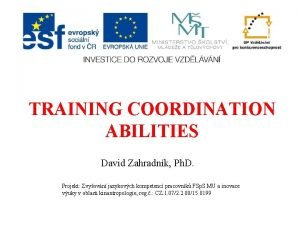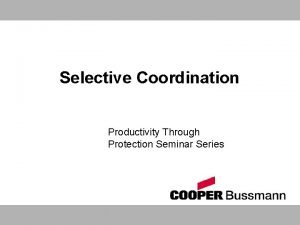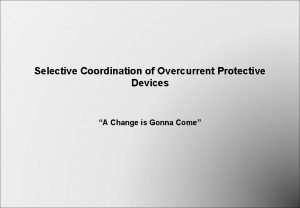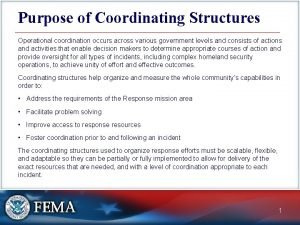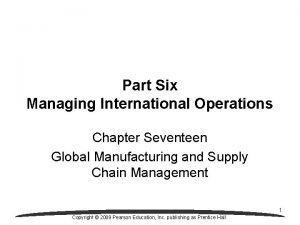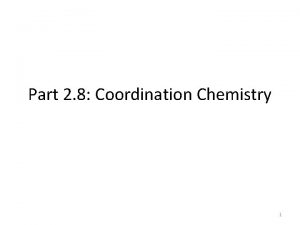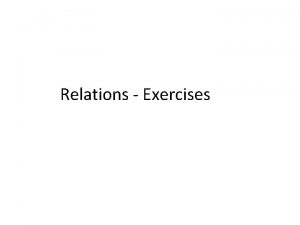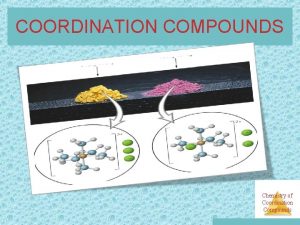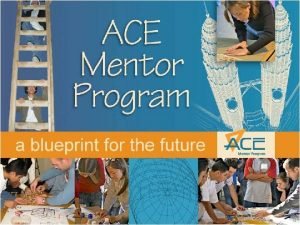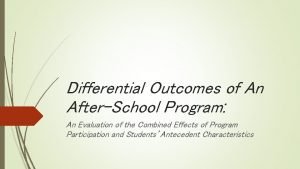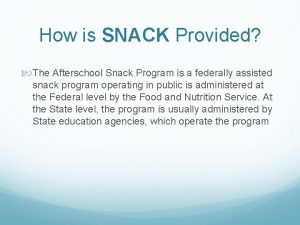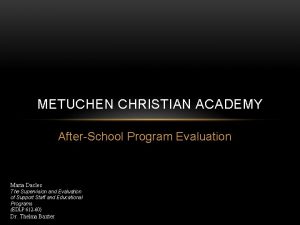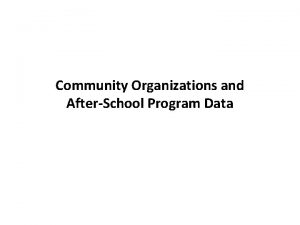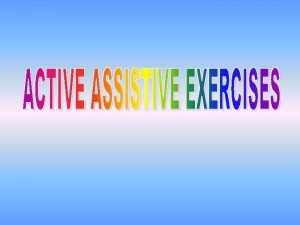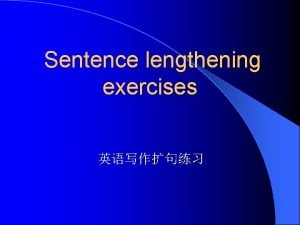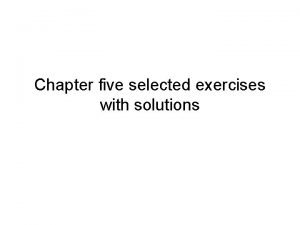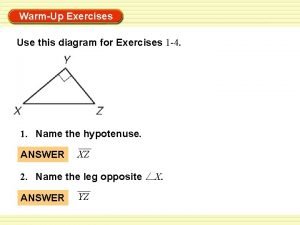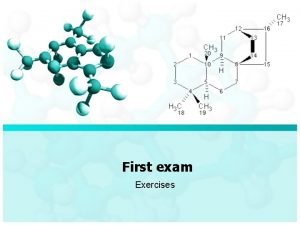AfterSchool Program Coordination Exercises 1 Ms Yiho Ku






![龍林 After-School Program[協調訓練] Coordination Exercises -1 (Ms. Yiho Ku 古宜禾老師) • Turning – Jump 龍林 After-School Program[協調訓練] Coordination Exercises -1 (Ms. Yiho Ku 古宜禾老師) • Turning – Jump](https://slidetodoc.com/presentation_image_h/c4b4233ec8a6350b277a936cf0766958/image-7.jpg)
![龍林 After-School Program[協調訓練] Coordination Exercises -2 • Joint Focused – Loosening up: work small 龍林 After-School Program[協調訓練] Coordination Exercises -2 • Joint Focused – Loosening up: work small](https://slidetodoc.com/presentation_image_h/c4b4233ec8a6350b277a936cf0766958/image-8.jpg)
![龍林 After-School Program[協調訓練] Coordination Exercises -3 • Larger coordination- - Fingertip coordination: Touch all 龍林 After-School Program[協調訓練] Coordination Exercises -3 • Larger coordination- - Fingertip coordination: Touch all](https://slidetodoc.com/presentation_image_h/c4b4233ec8a6350b277a936cf0766958/image-9.jpg)









- Slides: 18






![龍林 AfterSchool Program協調訓練 Coordination Exercises 1 Ms Yiho Ku 古宜禾老師 Turning Jump 龍林 After-School Program[協調訓練] Coordination Exercises -1 (Ms. Yiho Ku 古宜禾老師) • Turning – Jump](https://slidetodoc.com/presentation_image_h/c4b4233ec8a6350b277a936cf0766958/image-7.jpg)
龍林 After-School Program[協調訓練] Coordination Exercises -1 (Ms. Yiho Ku 古宜禾老師) • Turning – Jump and turn: Jump up and down with knees and ankles, while turning 1/4, 1/2, 3/4 and whole circles in sequence, both clockwise and anti-clockwise. Spins greater than 360 degrees can be added once confidence and coordination is developed. – Semi-circle spins: Starting standing in a 大 configuration with arms outstretched and legs wide. Spin on one leg to turn semicircles while moving across the room alternating using left and right foot as pivot. – Full- circle spins: Starting standing in a 大 configuration. Cross one leg in front of the other in the direction of travel, so legs are crossed. Twist in place on the toes. Repeat until distance is traveled.
![龍林 AfterSchool Program協調訓練 Coordination Exercises 2 Joint Focused Loosening up work small 龍林 After-School Program[協調訓練] Coordination Exercises -2 • Joint Focused – Loosening up: work small](https://slidetodoc.com/presentation_image_h/c4b4233ec8a6350b277a936cf0766958/image-8.jpg)
龍林 After-School Program[協調訓練] Coordination Exercises -2 • Joint Focused – Loosening up: work small circular motions starting with the neck, then shoulders, elbows, wrists, waist, knees, and ankles. – Wrist focus: start with hands flat and downwards facing, fingertips almost touching and facing each other, at chest level. Elbows should be held away from body, and arms at shoulder level. Moving only the wrists, make up and downwards gestures both in sync and one at a time.
![龍林 AfterSchool Program協調訓練 Coordination Exercises 3 Larger coordination Fingertip coordination Touch all 龍林 After-School Program[協調訓練] Coordination Exercises -3 • Larger coordination- - Fingertip coordination: Touch all](https://slidetodoc.com/presentation_image_h/c4b4233ec8a6350b277a936cf0766958/image-9.jpg)
龍林 After-School Program[協調訓練] Coordination Exercises -3 • Larger coordination- - Fingertip coordination: Touch all fingers gently together - thumb to thumb, index to index, etc. The rest of the hand should not touch. Starting with the thumb, circle pairs of fingers around each other in sequence. The challenge is in not moving the other fingers while moving the circling pair. Forward and Backward spinning: Bring both arms above the head. Swing both arms forwards several times. Bring both arms above head, swing both arms backwards several times. Bring both arms above head, and now swing one forwards and one backwards simultaneously. Repeat with the other hand going forwards. Frog Jumps: Start squatting on the floor, balanced on the balls of the feet, arms stretched out behind. Jump upwards, straightening out legs and swinging arms forwards and upwards. Land as quietly as possible. The challenge is in both achieving height and landing quietly simultaneously. Upper and Lower Body control: Start with hands in neutral position (such as clasped at chest level or placed at waist). Point toes and hips in direction of travel. Turn chest and torso 90 degrees so one is looking only left or right without turning the head. Take 4 -8 steps. Turn the torso only, so the legs and hips are still facing "forwards" while the torso is now facing the other side. Repeat. Ideally the change in torso direction can be controlled smoothly without interrupting flow of steps.







多元智慧論 (Multiple Intelligence Theory) 由哈佛大學教授 Dr. Howard Gardner 所提出。在全球受到廣 泛的重視,並被應用於實際教學中。Gardner 將人類的智慧分 為: 語文智慧 (Linguistic Intelligence) 邏輯/數學智慧 (Logical-Mathematical Intelligence) 視覺/空間智慧 (Spatial Intelligence) 肢體/動覺智慧 (Bodily-Kinesthetic Intelligence) 音樂/節奏智慧 (Musical Intelligence) 人際智慧 (Interpersonal Intelligence) 內省智慧 (Intrapersonal Intelligence) 自然觀察者智慧 (Naturalist Intelligence)


 Wisconsin afterschool network
Wisconsin afterschool network Slidetodoc.com
Slidetodoc.com Sequential program and an event-driven program
Sequential program and an event-driven program Perangkat lunak komputer disebut juga dengan.... *
Perangkat lunak komputer disebut juga dengan.... * Merancang program tahunan dan program semester
Merancang program tahunan dan program semester Ms excel merupakan aplikasi
Ms excel merupakan aplikasi Microsoft excel adalah aplikasi pengolahan
Microsoft excel adalah aplikasi pengolahan Ms word
Ms word Face centered cubic unit cell coordination number
Face centered cubic unit cell coordination number Utility provision trainee
Utility provision trainee Crystallography engineering physics
Crystallography engineering physics Federal coordinating structures include
Federal coordinating structures include Coordination is the ability
Coordination is the ability Coordination in grammar
Coordination in grammar Selective coordination
Selective coordination Selective coordination
Selective coordination What is the tribal assistance coordination group (tac-g)?
What is the tribal assistance coordination group (tac-g)? Compatibility configuration coordination control
Compatibility configuration coordination control Ligand field strength order
Ligand field strength order
